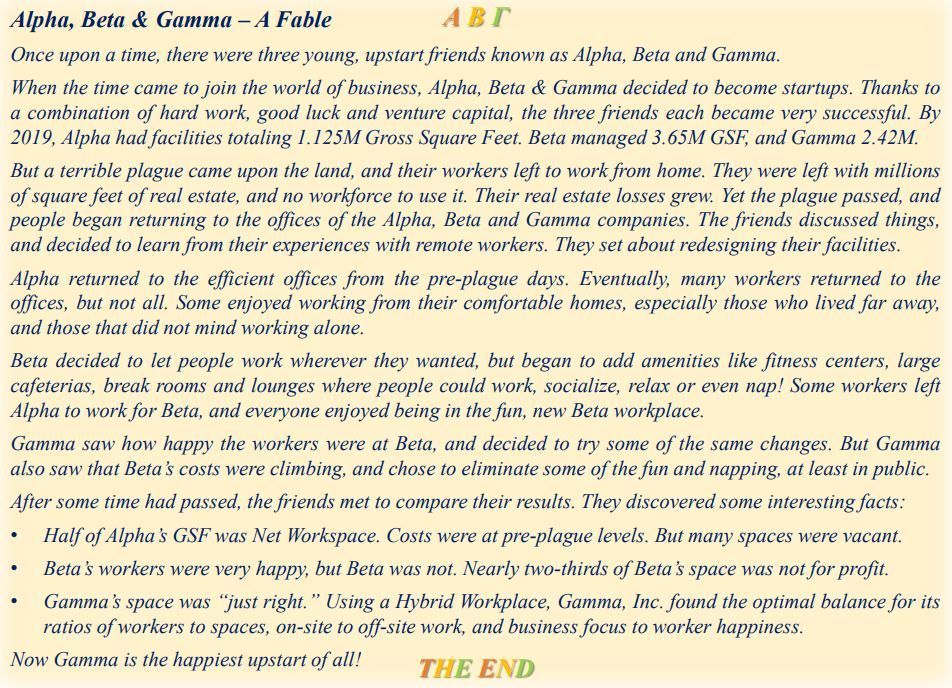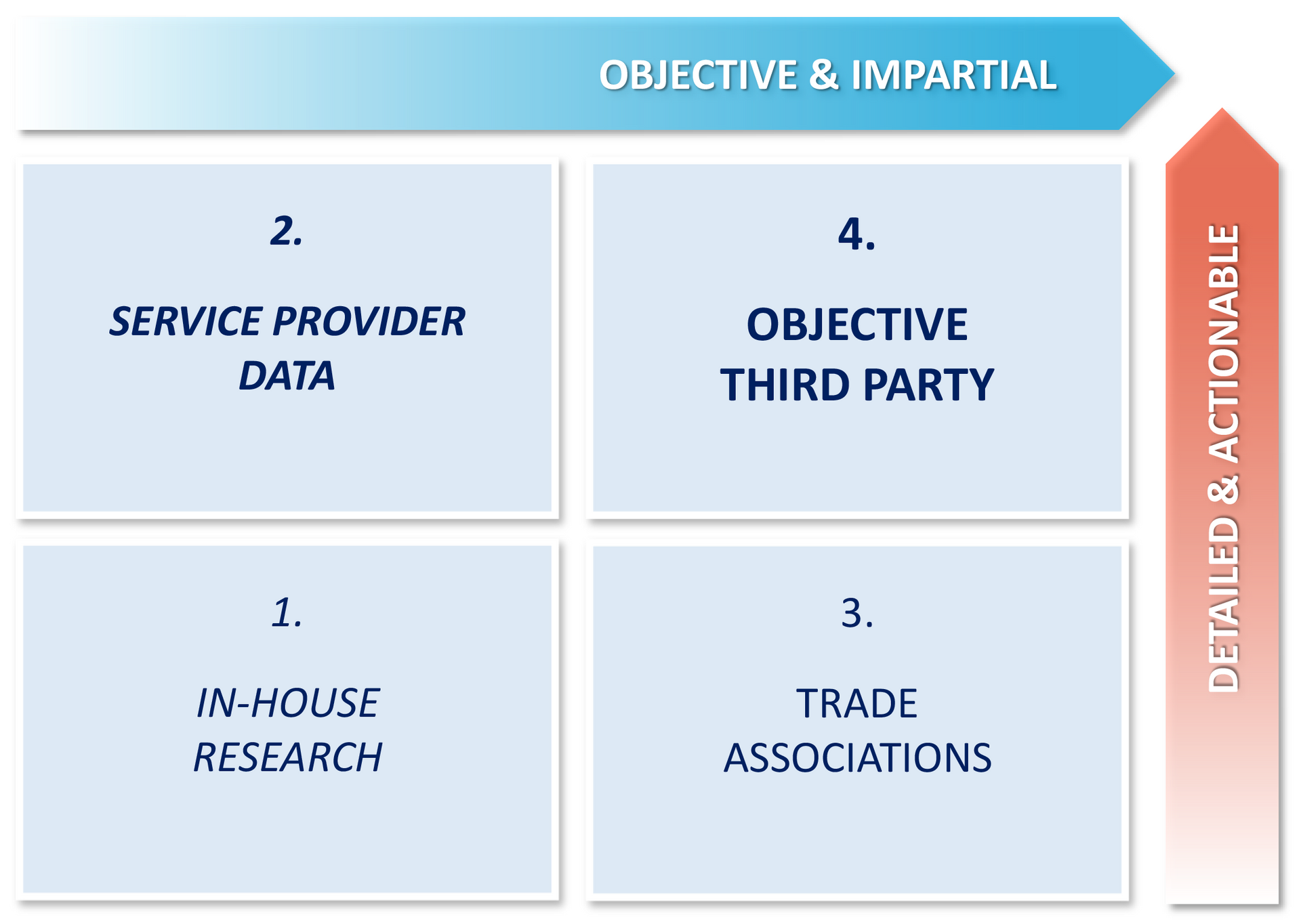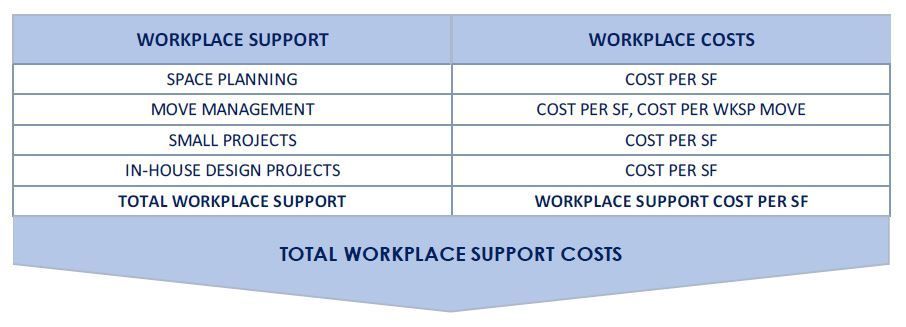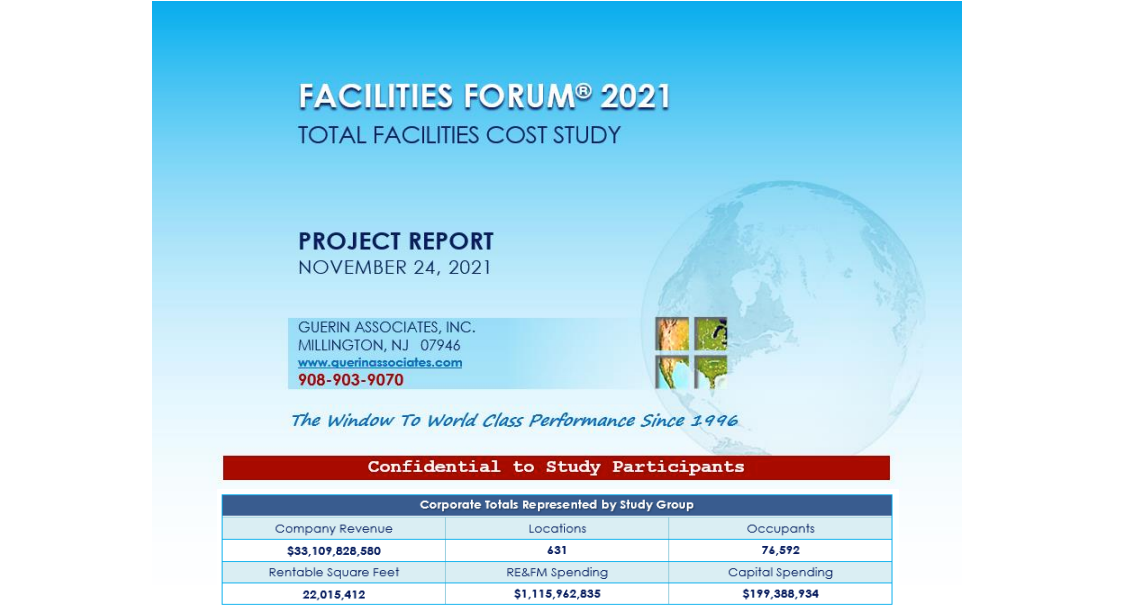25 Important Insights on Covid-19
Introduction
We have been exploring tools to help navigate the pandemic of the Covid-19 / Corona Virus.
In this post, we address issues confronting Facilities Management, which is well-positioned to take the lead in corporate services before, during, and after the RTW (return to work) process.
FM Leadership Challenge
Covid-19 raises many new considerations for those providing services to the workforce. Although HR, Legal, Finance, and others are involved and essential, Facilities Managers are uniquely qualified to lead the team in meeting these challenges. Facility-related needs are very substantial and include changes to key systems, processes, and procedures that are the clear responsibility of FM.
Where Are We Now?
We are approaching a milestone for commitments on the return of the workforce. It is clear from numerous forums, surveys, and publications that many firms have adopted a cautious, "wait and see" approach to re-introducing their population. RTW ratios average 25% to 33% in most first-wave plans. Some will return after Labor Day, some later, and some next year! Where employees have the option, they may decide to return once children are back in school and/or daycare!
This may also be due to the success of WFH (working from home) and to changing preferences in the workforce. For tech firms especially, where WFH has been an option for years, Covid confirms the viability of the distributed workforce. Many companies are also reluctant to be early adopters of RTW since mistakes can have major legal, financial, and market consequences.
Twenty-Five Important Insights on Covid
Ten Policy Questions
Despite numerous webinars, publications, group efforts, team projects and presentations, a number of important policy questions remain unresolved at some firms. For example:
- Will "safe harbor" legislation protect good faith efforts by employers, landlords, etc.?
- Will worker amenities (food services, snacks, fitness, etc.) return to previous levels?
- Who selects, provides and monitors use of PPE (personal protective equipment)?
- Have we adequately addressed change management for "employee PTSD"?
- How will varying global, regional, state and local standards be coordinated?
- Which are the best systems to integrate efforts? (CAD/CAFM, IWMS, Excel, CPM, etc.)
- Do space reservations trigger health checks? office sanitizing? visitor/vendor passes?
- Are workspaces socially distant? Meeting spaces locked? Elevators managed?
- Have opportunities for hoteling and telecommuting been implemented?
- Are all factors, decisions and reasons for actions being documented?
Fifteen Future Facts
Some topics in current discussions provide clues to a future-proof workplace:
- Many workers are asking "Why should I return to the office?" Landlords and some tenants are reluctant to do temperature screening. These fears may be offset by steps to reassure, and by "FOMO": Fear Of Missing Out on belonging, bonding culture, credit, etc.
- The Workplace is becoming the cultural core of the company, where people go for specific purposes, meetings, people, ideas, better technology, ergonomics and even solitude!
- Space utilization and RE footprints will be changing, and by different ratios. Right-sizing will evolve over time, as FMs get more and better data on utilization, workplace settings, etc.
- "Organic Workplaces" support collaborative, isolated and team work settings differently.
Modular furniture and accessories are making strategic space flexibility even more possible, and design is increasingly important in attracting and retaining top global talent. - Monitor real-time occupancy vs limits, CO2 levels, lighting, acoustics, access, etc. Occupancy sensors, camera networks and location tracking are becoming more popular. With AI & IoT, they enable software and algorithms that optimize space usage, operations, costs, etc.
- Air quality must be high, water systems fresh, ductwork and coils clean and dry. This is a time to consider testing & balancing of HVAC systems, as well as cleaning and sanitizing.
- Touchless, "frictionless" systems and self-cleaning coatings are increasingly available.
- Cleaners and hand sanitizers must kill viruses, not just bacteria. At least one firm is already sending PPE to all its global employees, including supply for their future visitors!
- UV light, irradiation, electrostatic cleaning, increased ventilation and other tools help in sanitizing. Harvard Study: Ventilation also improves cognition and productivity.
- New SLAs (service agreements) can mean labor shortages in some locales or trades. Supply chains must be verified for critical materials, and FMs should be confirming that former outsourced and vendor staff will still be available after layoffs and furloughs.
- Construction worker entry, access & breaks must be planned, directed and controlled.
- Elevator technology can select your floor on entry, and may soon enable scheduled "flights." AI can already show available spaces in free-address zones with "clean desk" policies.
- Work From Home Kits and Return To Work Kits are already in use at some firms.
- Signage should inform and educate, with directional arrows, "occupied" signs, etc.
- Returning workers should experience a Welcoming Workplace, not a prison atmosphere. As in many areas of business, Communication Will Be The Key To Success!
Conclusion
Watch for our "ULTIMATE COVID-19 CHECKLIST," and contact us if we can be of assistance.










